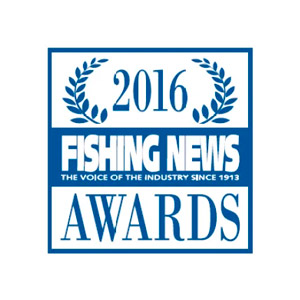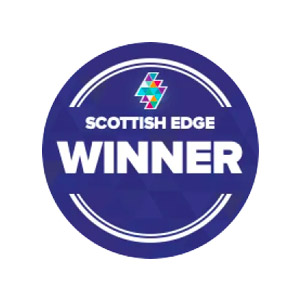Todds Top Tips for Managing Ammonia
What is the Nitrogen Cycle and how does it affect your lobsters?
Lobsters excrete ammonia. This is a natural waste product but can be toxic in a holding tank. Biological filters encourage the growth of denitrifying bacteria. There are many different biological filters on the market. They use a variety of media including silica sand, clay balls, plastic media in different shapes and sizes and live rock. The best media has a large surface area to allow as many of the beneficial bacteria to grow as possible. We prefer using both moving bed biological filtration with plastic media and porous ceramic filter blocks in our systems for shellfish.
Some filters i.e. sand filters can become blocked very easily, require lots of cleaning and are power hungry as they need such a high pressure to push the seawater through the sand. When sand filters get clogged up they can go wrong very quickly and there is no tell tale signs. This means if they go wrong overnight your entire stock can be lost or at best lacking in oxygen and weak.
The biological filter works a bit like your gut. The good bacteria change the ammonia into a less toxic form called nitrite. Nitrite is still not great for shellfish. Other bacteria then process the nitrite into nitrate which is the least toxic form of nitrogen for your fish. Some media i.e. ceramic blocks can help to reduce the nitrates in long term holding systems. Plants can also do this task but in a lobster tank this is not always practical. We also supply algal scrubbers which can be added to your system to export nitrates.
All biological filters take time to mature and there are no shortcuts. If you have a new system for your shellfish we recommend testing the water a couple of times a week. If there are any changes to how you operate the system e.g. higher loading capacity, different species, changes in temperature then test regularly. Once the filter is mature you can test weekly. You can use dip strip water tests available in aquarium shops to test for ammonia, nitrite and nitrate.
The ideal range for your shellfish holding tanks is:
|
Parameter |
Ideal mature value | |
| pH | 7.6-8.2 | |
| Ammonia | Less than 1.0 ppm or mg/L | |
| Nitrite | Less than 1.0 ppm or mg/L | |
| Nitrate | Less than 50 ppm or mg/L | |
| Salinity | 32-35ppt |
If you have ammonia higher than 1 mg per litre then we advise a water change of at least 20% (the higher the reading the more water change is required). We test our customers water until the system is mature as part of our after care service. If you need advice on your system we are happy to help. Call 01383 820685 during office hours and ask for Laura (our in-house water testing wizard!).
Best Fishes,
Errin Todd




